Labels for Safety, Visuals and Facility ID Desktop Printers
Labels for Product, Wire and Lab ID Benchtop Printers
Labels for Safety, Visuals and Facility ID Desktop Printers
Labels for Product, Wire and Lab ID Benchtop Printers
Safety and Facility ID Desktop Printers
Product, Wire and Lab ID Benchtop Printers
Barcode Scanners and RFID Readers
PaintStripe Floor Marking Stencils
Valve Lockouts & Hose Lockouts
Group Lock Boxes & Permit Control
Brady Safety Lockout Tagout Services
Pipe Marker Accessories & Mounting Brackets
Maintenance and Production Tags
Calculators and Assessment Tools
Product Finders and Data Sheets
Originated in Japan, 5S is a lean manufacturing methodology used to help eliminate waste, optimize productivity and increase efficiency. Companies who implement 5S enjoy a cleaner, safer and more organized workplace. 5S is one of the most widely adopted techniques. It may also be referred to as “5S Plus” or “6S” to emphasize a critical aspect of any workplace — safety.
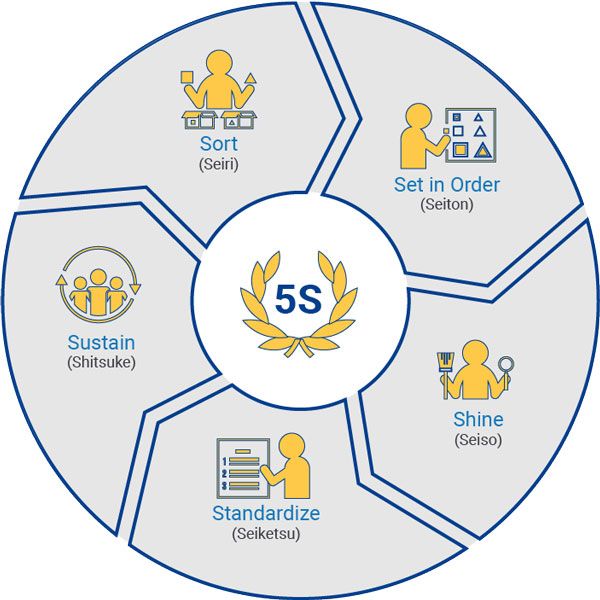
Due to its Japanese origin, the original 5S uses Japanese words - Seiri, Seiton, Seiso, Seiketsu and Shitsuke. However, the English language version of 5S uses:
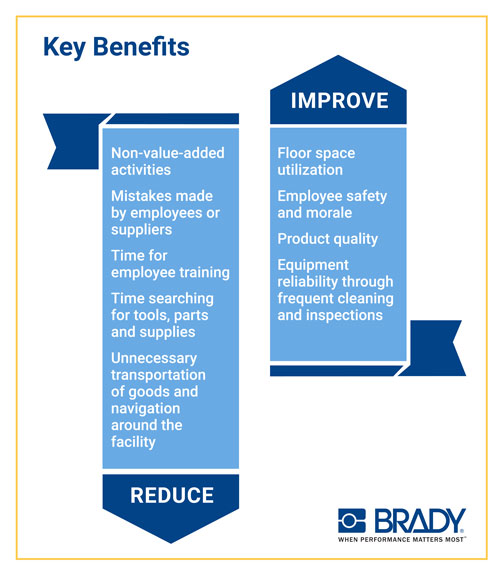
Lean manufacturing methodologies like 5S can help you to provide more value to your customers, while also helping you reduce waste, enhance worker knowledge and increase productivity.
Waste can account for up to 95% of all costs in non-lean manufacturing environments, according to Taiichi Ohno, co-developer of the Toyota Production System.
The root cause of most organizational waste is due to information gaps, such as an employee not knowing the best way to complete a task. In these instances, time is wasted searching, waiting, retrieving and doing rework.
One way to combat such waste is by creating a visual workplace or visual factory. A visual factory uses visual devices, such as shadow boards and one point lessons, to communicate important information at the point of use. That way, employees have instant access to the information they need when they need it.
For example, clearly labeled shelves can make it easier for employees to find what they need, preventing time waste or mistakenly grabbing the wrong item.
Did you know that people gain 75% of their knowledge from visuals? That’s compared to just 13% knowledge gain through hearing and 12% through smell, touch and taste, according to Dugan Laird, author of “Approaches to Training and Development.”
While training plays a crucial role in keeping your workers safe, you can easily enhance that training with effective workplace visuals, including signs and labels. But, what makes an effective visual? It should tell an employee precisely what procedural and safety information they need to know, plus when and where they need to know it.
Knowledge-based visuals can include:
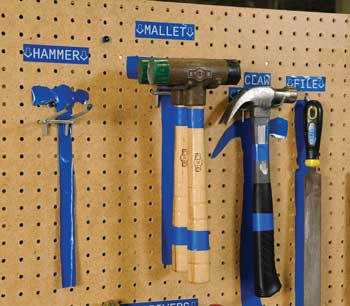
Proper tool and material identification can save companies millions of dollars by making it easier for workers to find the things they need to do their job.
A high-end, defense technology manufacturer was experiencing an exorbitant amount of tools being checked out of the tool crib every day. Through a 5S rapid improvement event, incorrect tool identification was found to be the core problem. On average, workers were wasting an average of 45 minutes per shift searching for tools.
The manufacturer opted to label each tool by work cell and operator. They also introduced a new mobile work cart equipped with shadow boards for tool storage.
With a 5S system in place, workers did not need to check out or purchase additional tools. The manufacturer also increased production capacity of its large mining trucks with an average price of $8 million per unit. This led to an additional $1 million per day* in revenue and saved an average of $60,000 monthly in tool costs.
*Large scale savings due to the high-end, defense technology industry has an annual revenue exceeding $65 billion.
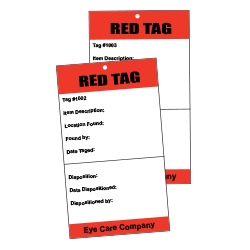
Sorting is intended to help you separate the tools and materials that are actually needed to do the work, from any unnecessary tools and materials. Once everything is sorting, the unneeded items should be discarded to keep your workplace free of clutter and hazards.
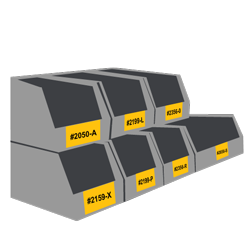
Organization is key at this stage and this pillar helps you ensure everything has a place and is neatly arranged, including equipment. Proper identification and labeling of parts, including the use of shadow boards, are imperative to successfully sustaining the gains from this initiative. This stage also is an excellent opportunity to establish safety measures, quality standards or general procedures that can then be communicated to employees using visual controls.
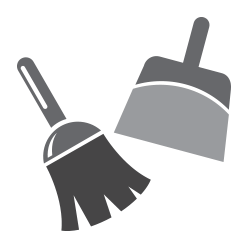
Once everything has its place, its time to make your facility shine with a little cleaning. Improve safety and productivity by eliminating dirt, dust, sources of contamination and other debris. Shine is also an excellent opportunity to inspect equipment in the area to identify any maintenance needs.
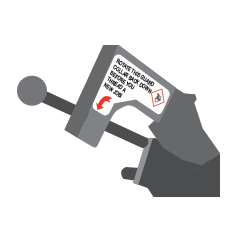
Now that everything is organized, labeled, shiny and clean, it’s crucial to create a company standard to maintain your lean efforts. Essentially, sort, set in order and shine should be conducted daily to sustain the workplace organization and efficiencies. Visual management, such as job scheduling boards, supply checkout boards and safe state visuals, can clearly and effectively communicate roles and responsibilities to keep employees on task.
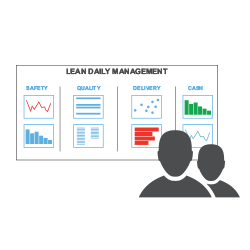
Maintain your momentum and work to turn 5S into a company-wide habit. Help employees understand workplace organization is a top priority and strive for ongoing continuous improvement.
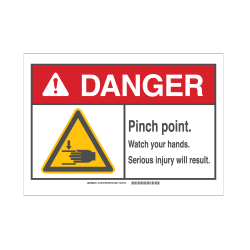
In many ways, safety is built into the 5S structure. However, you can take your efforts a step further by identifying potential hazards, risks and preventive safety processes. All are key to keeping your workforce operating at 100% and, more importantly, keeping your team safe.
While the pillars of 5S are simple to learn, executing and sustaining a 5S program takes a little more effort and planning to ensure success. To start, schedule a 5S event to get your facility in order. The event can focus on one single area or, for the largest impact, the entire facility.
Prior to the 5S event, ensure you have the necessary supplies to help things run smoothly. Here are a few recommendations of what you might need for each stage of a 5S event:
Sort
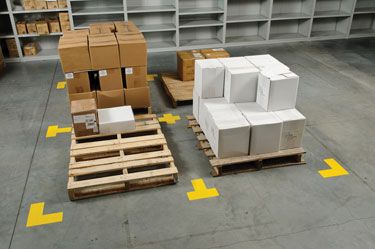
Set in Order
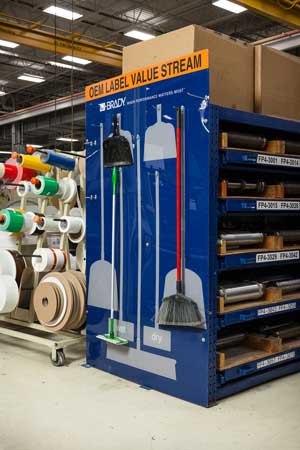
Shine
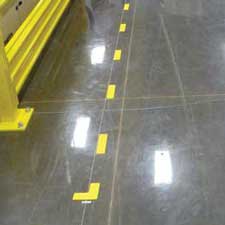
Standardize
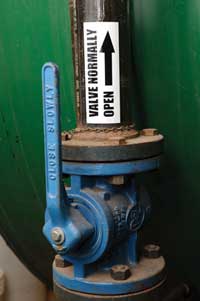
Sustain
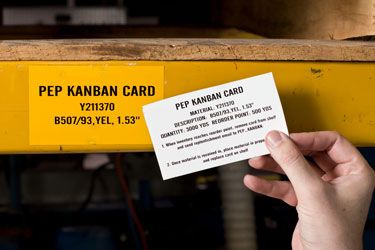
Safety
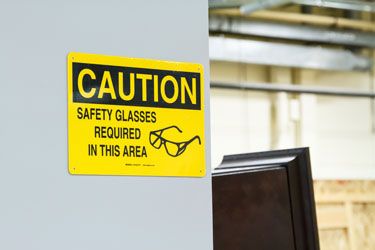
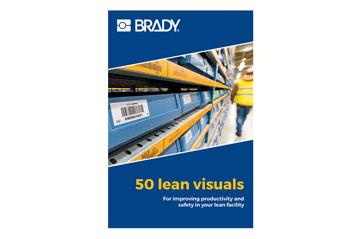
Learn how to use lean visuals more effectively by implementing visual workplace techniques in your facility.
Download Now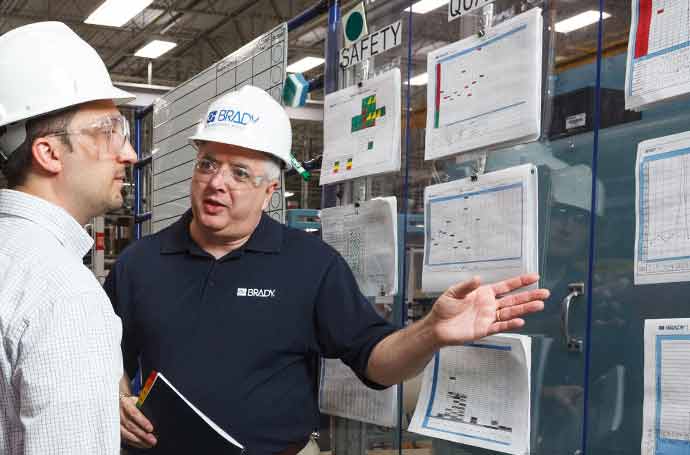
Learn more about one of the visual workplace in a lean manufacturing process.
Learn More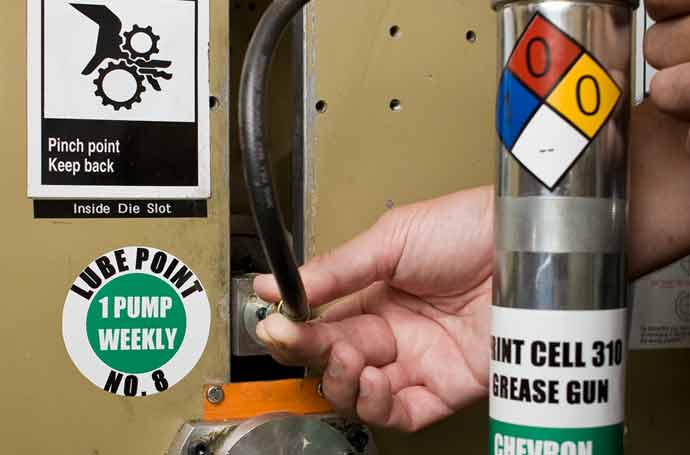
Learn more on how to stabilize equipment performance and reliability.
Learn More